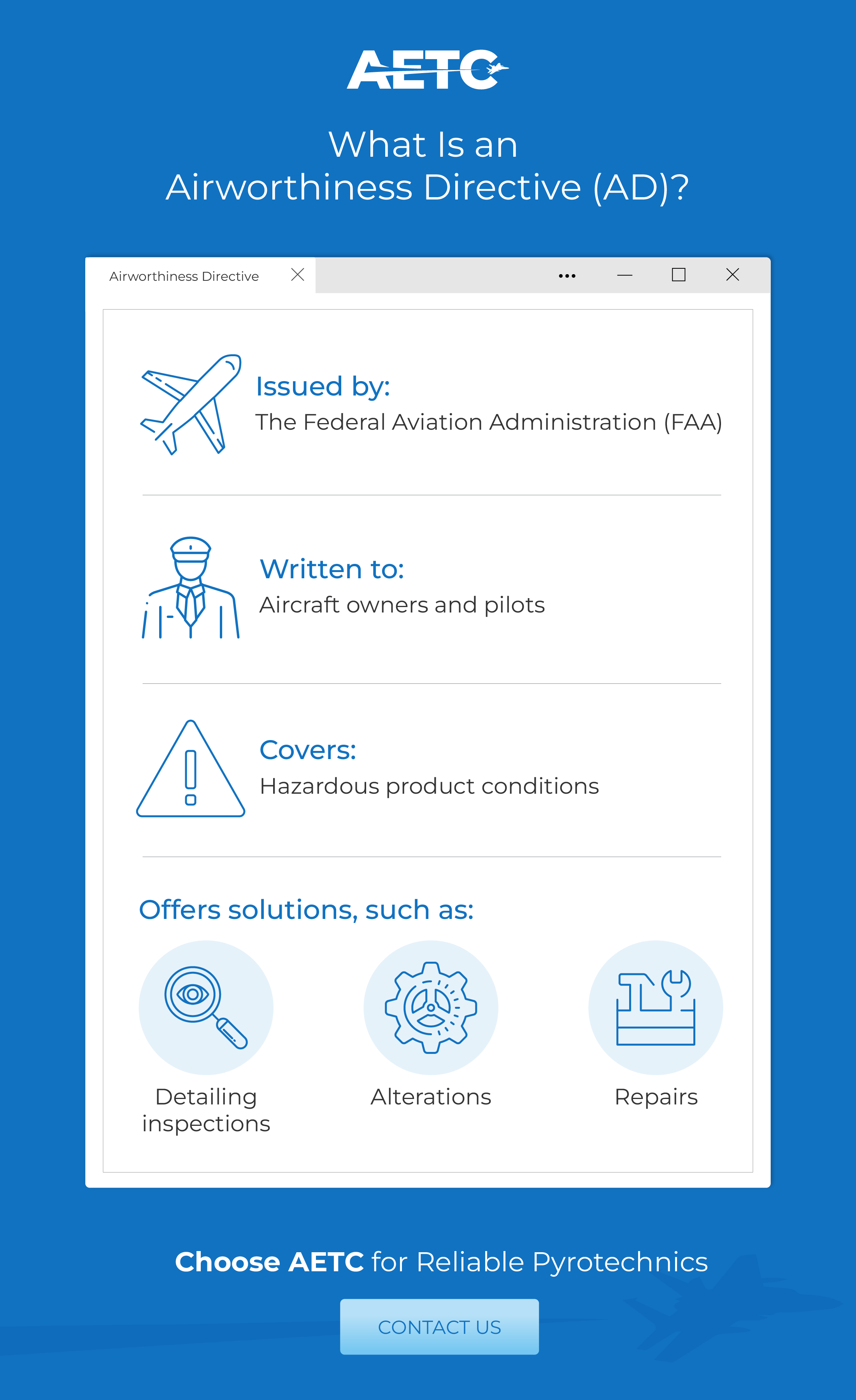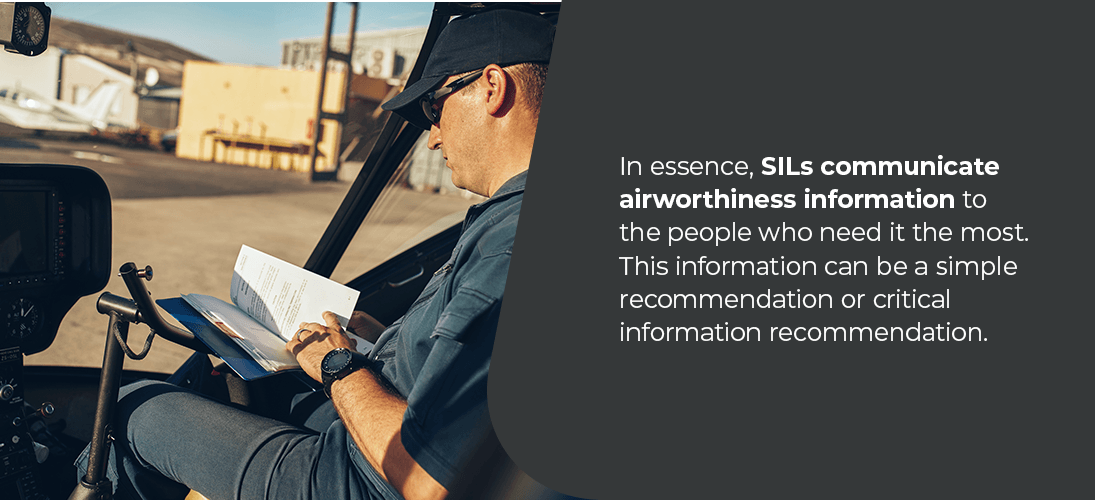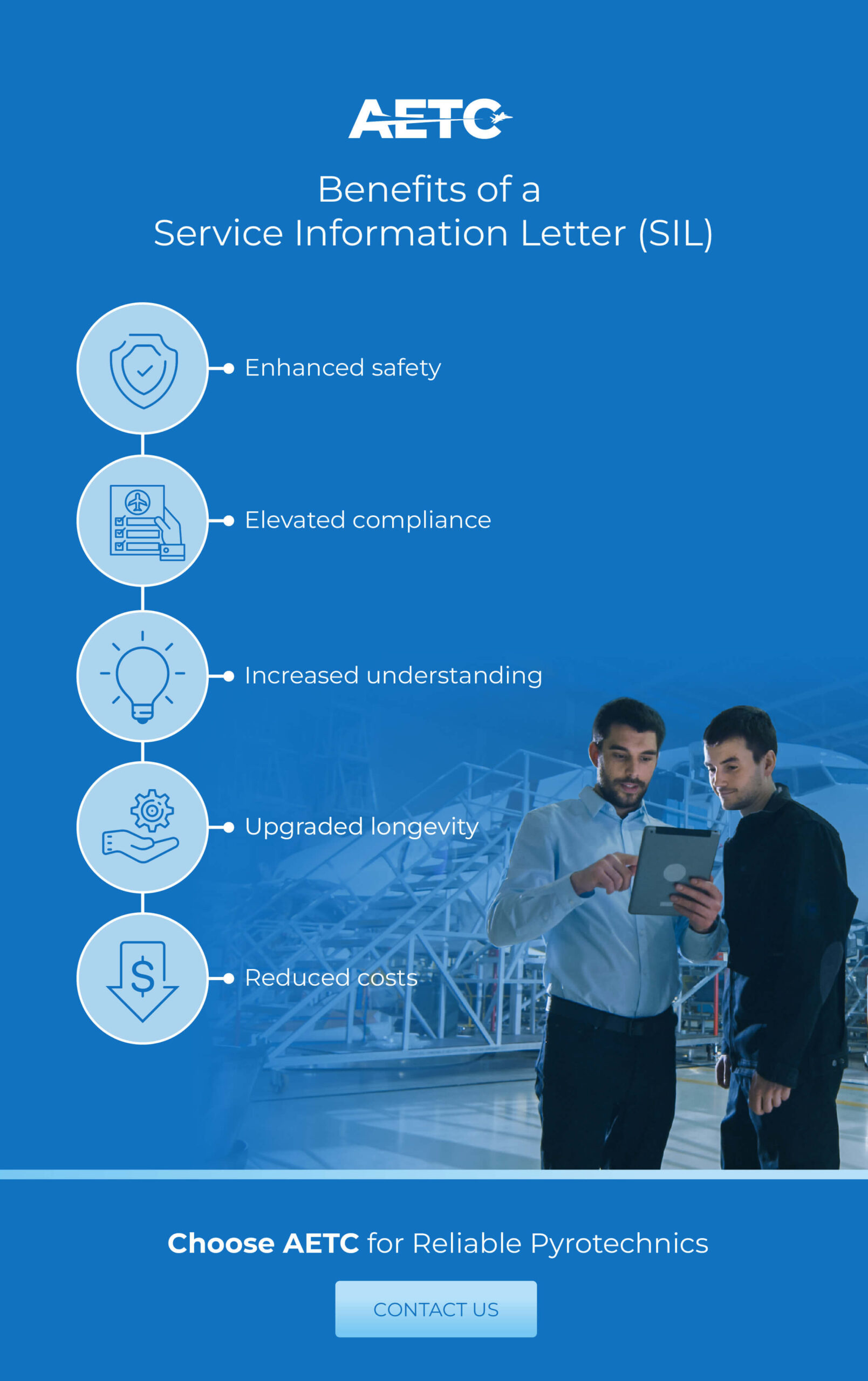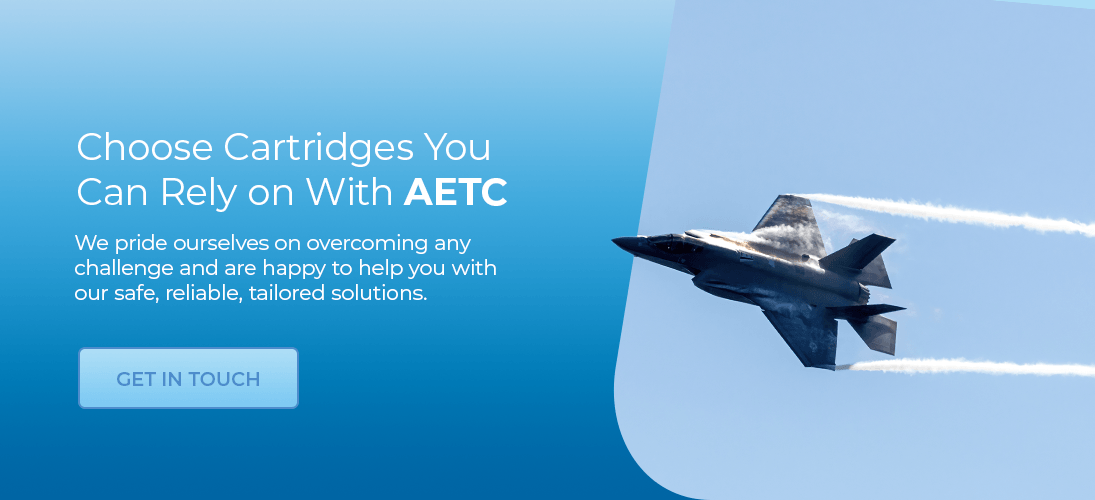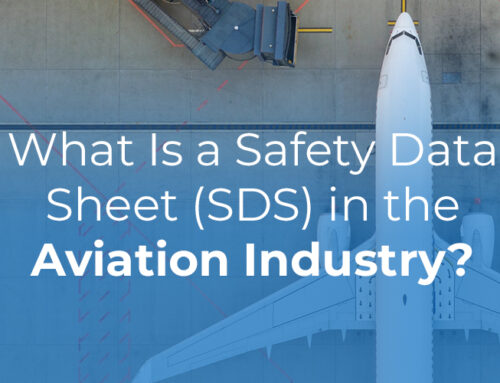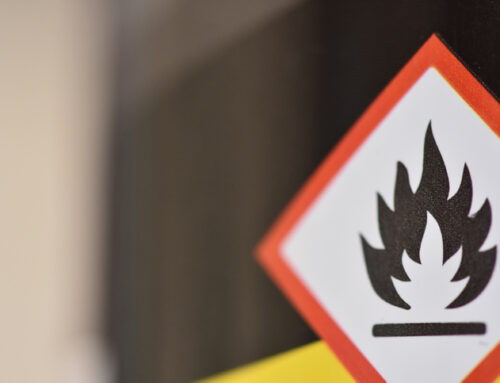A service information letter (SIL) is essential to aircraft safety and maintenance. It contains important safety, product improvement or maintenance information, and following it is highly recommended when overhauling equipment. Aircraft manufacturers use service information letters to communicate advice or valuable information about their products. This information may help reduce costs and enhance the safety and reliability of aircraft parts.
Service letters are worth taking note of for safety. Understanding the contents gives aircraft owners, maintenance personnel and pilots additional information that could prove significant in emergencies.
What Is a SIL?
A SIL is an official communication from a manufacturer detailing relevant product information that could impact the safety or longevity of the aircraft part. The manufacturer uses a SIL to pass on information to the industry. SILs are free, and you can find them online. Manufacturers have begun to incorporate SILs into user manuals over time, which indicates their importance, as the Federal Aviation Administration (FAA) requires aircraft parts to be maintained under the current maintenance manual.
Service letters don’t authorize part installations or provide detailed procedures. They are a source of information, often accompanied by service bulletins or engineering drawings. Although they are optional, they contain critical information and should be addressed.
Aircraft owners and personnel have several communications to keep up with, and understanding the differences between communications is important. The following examples outline these differences:
What’s the Difference Between a Service Letter and a Service Bulletin?
The manufacturer supplies both service letters and service bulletins. Manufacturers use SILs to pass on relevant information about their products.
Manufacturers use service bulletins to communicate more crucial information about service difficulties. The manufacturer can label them as mandatory, and it is highly recommended for owners or maintenance personnel to perform them on privately owned aircraft. Mandatory service bulletins are often the basis of airworthiness directive publications on behalf of the FAA or other regulatory bodies.
What’s the Difference Between a Service Letter and an Airworthiness Directive?
SILs provide information on a part. Some of the information provided is critical, and some details are designed to enhance the longevity of a part. All the information in SILs should be considered and following the directives within is recommended.
An airworthiness directive (AD) notifies aircraft owners and pilots of potentially hazardous conditions. Suppose the FAA finds there are unsafe conditions associated with a product. In that case, an AD will be issued detailing inspections, alterations or repairs to complete to render the conditions safe again.
There are also airworthiness certificates — documents the FAA grants that authorize aircraft operation. Consider the 8130-3 form, which is required as an airworthiness certificate under the FAA Code of Federal Regulations (CFR). It certifies an aircraft is in good enough condition to travel safely within the U.S. and its partners worldwide.
Why Are Service Letters Important?
In essence, SILs communicate airworthiness information to the people who need it the most. This information can be a simple recommendation or critical information recommendation. Manufacturers often add the information in a SIL to the maintenance manual for a piece of equipment. It provides valuable information about the safety protocols associated with using a product and available information about its life span.
SILs come directly from the manufacturer, so any information they provide on a piece of equipment should be considered, as they provide essential information that could influence the effectiveness and safety of your aircraft.
What Are the Different Parts of an Aircraft SIL?
An aircraft SIL has a specific structure to standardize the information and make it easy for aircraft owners and maintenance personnel to understand. The scope, purpose and technical information must be clear to discern so aircraft maintenance personnel can follow the service information correctly. A SIL will include these sections:
- Title: The letterhead indicates the manufacturer providing the communication, and the title offers the SIL number for reference.
- Intended recipient: A SIL is directed at holders of a specific manufacturer’s product. Making this clear from the outset tells aircraft owners and maintenance personnel who don’t use the product that the information in the SIL is not applicable.
- Release date: Release dates are essential. They tell readers whether the information is current and applicable.
- Scope: The scope of the SIL briefly indicates what aircraft parts the information applies to.
- Purpose: The purpose of the SIL is to tell readers what to expect. Outlining the purpose of the communication allows readers to search for the information if needed.
- Critical information: The manufacturer communicates the essential information first. In this case, they may warn users of a product’s explosive properties and the necessity for an electrostatic protection device. You can see why SILs should not be disregarded — the information could impact your ability to operate machinery safely.
- Data: The data section indicates how detailed the information in the SIL is and what procedures owners and maintenance personnel must observe in conjunction with this information.
- Technical data: You might find a table outlining the part numbers relevant to the communication and whether the communication is applicable. The manufacturer might explain the life limit of the part, so aircraft personnel can replace products before they are rendered unusable.
- Instruction for continued airworthiness (ICA): This section outlines instructions for maintenance personnel to ensure the part remains airworthy.
- Additional information: “End of service information letter” is printed at the bottom of the SIL so readers know they have all the relevant information and haven’t missed anything.
What Are the Benefits of a SIL?
SILs have many benefits to those in the aviation industry, including:
- Enhanced safety: SILs often contain information that makes aircraft safer for passengers and other aircraft. For example, replacing cartridges at the end of their shelf life keeps emergency equipment safe and in good working order.
- Increased understanding: Knowing how parts work and their limitations is crucial to using and maintaining them properly.
- Elevated compliance: Staying up to date with manufacturer recommendations improves compliance.
- Upgraded longevity: Information on the care and maintenance of parts can increase their longevity, which prevents unnecessary expenditure on replacements.
Choose Cartridges You Can Rely on With AETC
Safety features are one of the most critical considerations in the aerospace industry. AETC has been supplying pyrotechnics for military and commercial aircraft for over 40 years. Our vast knowledge and experience allow us to design cartridges that meet the high standards expected in the aviation industry. With our small explosive cartridges, you can rest assured they have the highest accuracy, precision and reliability, so your parachutes, evacuation rafts and fire extinguishers work when needed.
We pride ourselves on overcoming any challenge and are happy to help you with our safe, reliable, tailored solutions. Please get in touch with AETC to enjoy superior customer service, faster lead times and excellent quality.


